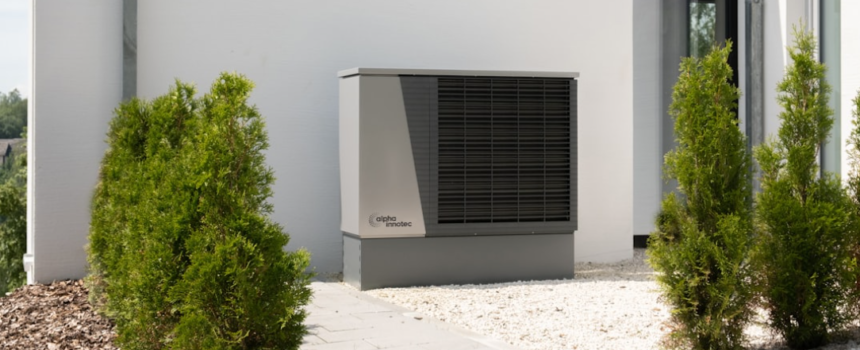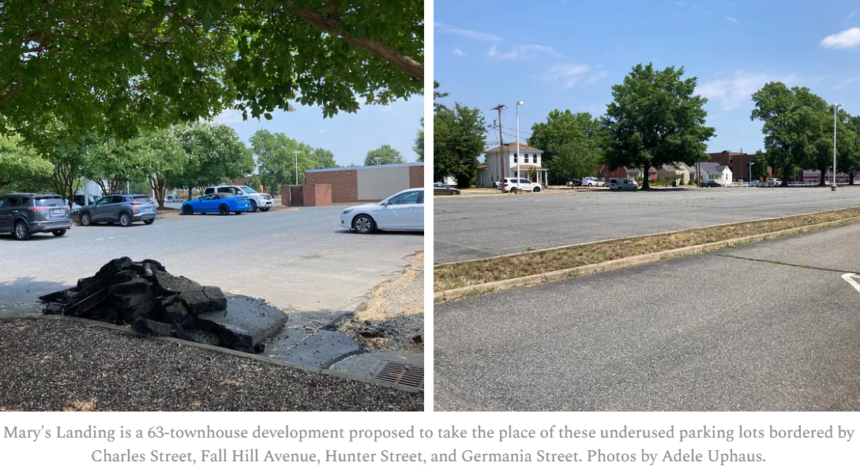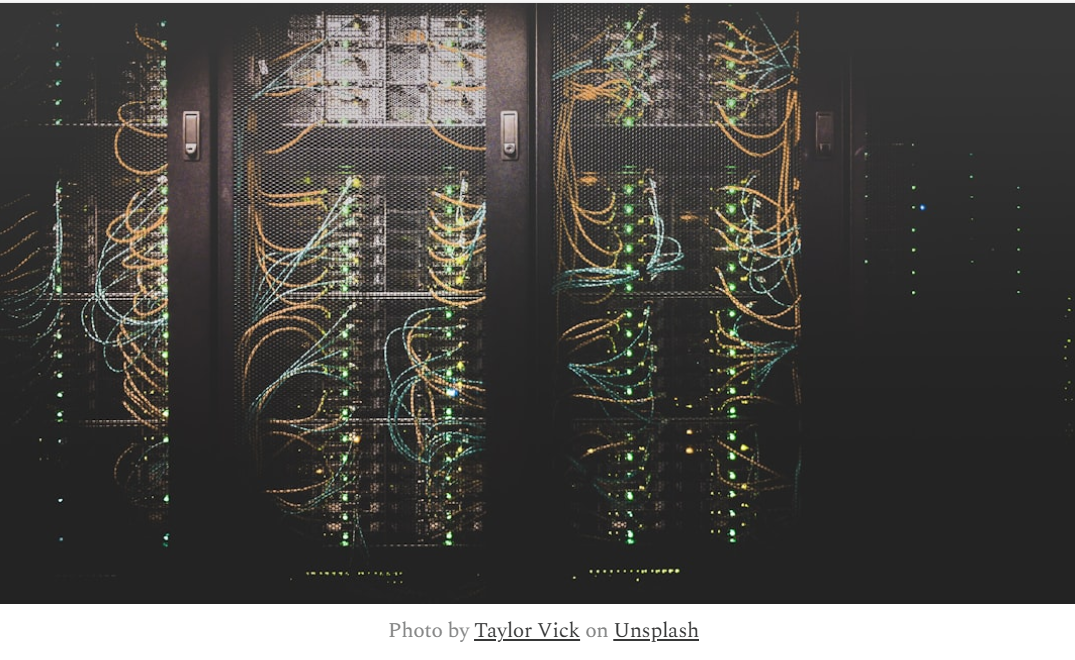
Heat pumps use a lot of energy, but they’re also one of the most-efficient heating cooling systems available for your home. Knowing a few terms and questions can reduce energy use and save money.
Here in central Virginia, the most efficient way to heat and cool your home is with a heat pump. But which one is best for your home? To decide that, you’ll need to understand some basic terminology.
Understanding Ratings
There are two efficiency ratings for a heat pump:
SEER – Seasonal Energy Efficiency Ratio – is the number that represents the average cooling output in British Thermal Units per Watt-Hour (BTUs/WH).
Because 1 WH = 3.4 BTU, a unit with a 17 SEER removes 5 WH of heat for every 1 WH of power (500% efficiency).
A 16 SEER unit will use 25% more energy than a 20 SEER unit.
HSPF – Heating Seasonal Performance Factor – is the average heating output in BTUs per WH. A unit with an 8.5 HSPF delivers 2.5 WH of heat for every 1 WH of power (250% efficiency).
An 8 HSPF unit will use 25% more energy than a 10 HSPF unit.
HSPF is calculated using weather around central Pennsylvania, so we will see better performance than the rated HSPF.
While cooling performance is fairly stable, heating performance changes significantly with temperature.
My heat pump, for example, has an HSPF of 9.5 (average efficiency of 280%), but its efficiency is 450% at 62 degrees, 320% at 42, 280% at 32 and 265% at 22. It still outputs full heat at 42 degrees, but only 90% at 32, and 80% at 22.
Heat pumps have a backup resistance heater (about 100% efficient) that normally comes on for one of these reasons:
- Emergency heat has been manually turned on.
- The outside temperature is below a certain temperature.
- The house has failed to achieve the thermostat set temperature within a certain amount of time or is colder than the set temperature by a certain number of degrees.
These are normally controlled by the thermostat. As installed, my thermostat was set to turn on the backup heat under 40 degrees, or if the thermostat did not reach room temperature within 15 minutes. I had the installer change them to 25 degrees/30 minutes and have not had any issues.
Saving some money
Here are some ways to save energy using a heat pump:
- Find the heating performance tables for your heat pump and determine what causes the backup heat to turn on. Information may be in the owner’s manual. Alternately, you can contact your service provider.
- Consider adjusting the outside temperature setting to a lower temperature based on the performance table. High humidity and wind can reduce performance, so don’t be overly aggressive in reducing the temperature.
- Consider increasing the backup heat time delay or temperature delta settings.
- Do not turn the thermostat down more than a couple of degrees at night once the morning temperature is below 40 (reduces time at lower performance).
- Only increase the thermostat temperature by one or two degrees at a time (reduces backup heating)
Also, be aware that a new heat pump can qualify for a federal tax credit of 30%, or up to $2,000.
Bruce Saller is a retired engineer and active participant in the Fredericksburg Clean and Green Commission. This series provides practical steps we can all take to reduce our carbon footprint – and often save money.





